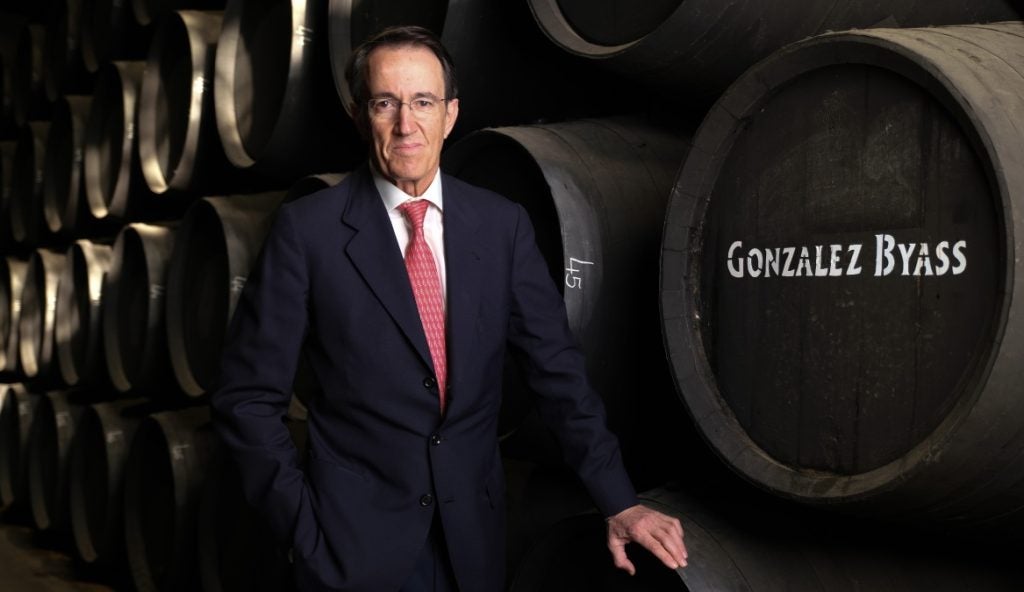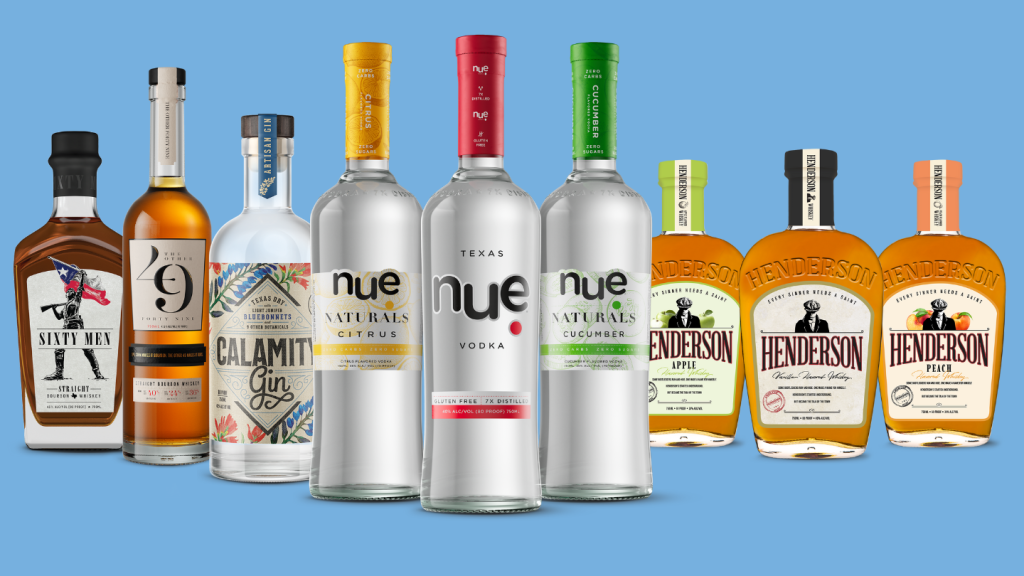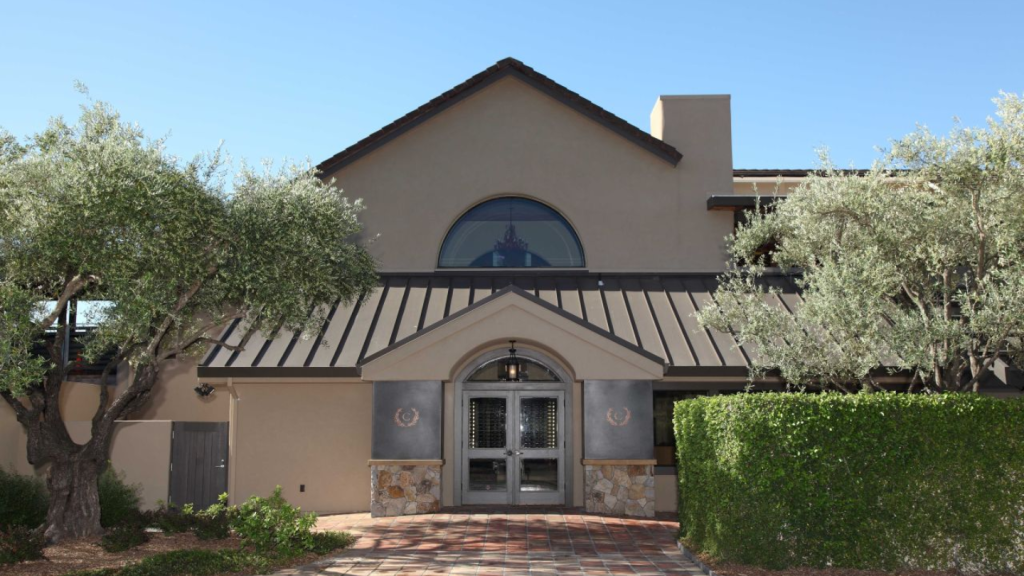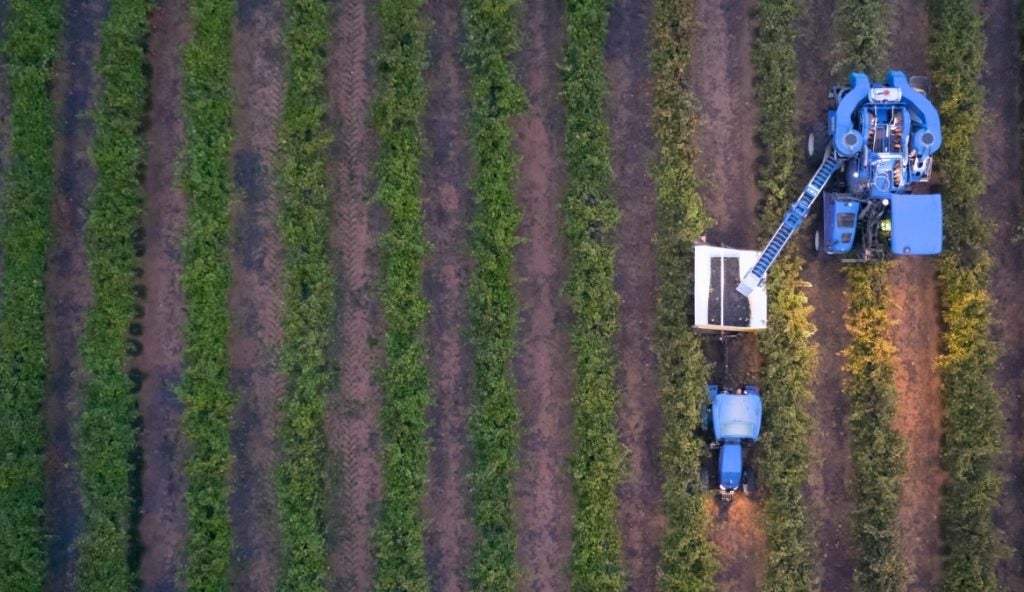Economic talk of late has suggested that the world is about to turn the corner after a tumultuous 18 months. Chris Losh considers what the prospects look like for wine producers, and sees the US as the promised land – if it can first pull out of its nosedive.
Is that it, then? Are we really over the worst? To judge by the economic figures coming out of various think tanks by the end of January, if we’re not exactly popping Champagne corks at the potential of 2010, we could at least manage a sly glass of Cava.
What we’ve had, it seems, is not so much a fiscal famine as an earthquake: a shock that has rocked our financial institutions to their core, and that is going to reverberate for a while yet, but that has (touching wood, crossing fingers, etc) been a good bit shorter than we expected.
Those in the drinks industry who I’ve spoken to resemble nothing so much as a bunch of wide-eyed survivors emerging from a rickety building, shaking dust off their clothes and thinking: “Well, we got through that somehow. Where to now?”
The answer, I suspect, is, sadly: “Nowhere at any great speed.” Certainly, any green shoots of recovery are wished-for rather than actual, and the slowness of any recovery could cause real problems.
The IMF predicts that the global economy is set to grow at 4% this year (compared to a contraction of 1% in 2009). But this is very much a game of two halves – geographically, at least. Much of the growth is expected to be driven by the emerging economies of China (+10%) and India (+8%) – namely, the two nations who were performing best before the ructions of 2008.
How well do you really know your competitors?
Access the most comprehensive Company Profiles on the market, powered by GlobalData. Save hours of research. Gain competitive edge.

Thank you!
Your download email will arrive shortly
Not ready to buy yet? Download a free sample
We are confident about the unique quality of our Company Profiles. However, we want you to make the most beneficial decision for your business, so we offer a free sample that you can download by submitting the below form
By GlobalDataFor the mature western markets, it’s very much another story, with, at best, weak growth and, often, not much to look forward to for at least another 12 months. The US is estimated to grow by 2.5% this year, France and Germany by 1.5%, and Sweden – after a big fall last year – by 2.5%. Italy and Portugal, however, are predicting, at best, less than 1% growth, while the UK is expected to remain flat and Spain will probably continue to fall for another 12 months or so.
That’s a lot of big drinks markets with not very much growth.
In such a scenario, success in the drinks world may well depend on how well companies have managed to penetrate Asian or Latin American markets – something that is likely to suit spirits producers rather better than wineries.
In fact, for most of the wine world, while the next year might not be as traumatising as the previous 18 months, it is still likely to be a long, hard slog.
Unlike previous economic dips over the last 30 years, it’s not just that consumers in key markets today are cautious and need a bit of coaxing to start spending again. This time, not only do they not have the money to spend, they can’t even borrow to get it.
Many are already in debt and reluctantly facing up to having to pay off the borrowings that got them into trouble in the first place. Meanwhile, banks are far more cautious about lending than they were.
Since we can’t borrow our way back into boom times, like we have in the past, any recovery is bound to be slower and less spectacular.
It’s also incredibly fragile. Greece and Iceland have both had their country’s credit rating downgraded by the IMF, Ukraine has been refused a loan altogether, and the likes of Ireland are being watched closely. The UK, too, is decidedly vulnerable.
Downgrading of the national credit rating would surely push any government into having to take the kind of nasty economic medicine that most are currently trying to avoid: higher taxes, higher interest rates, big spending cuts. All are probably necessary – but they would snuff out any potential recovery overnight as consumers batten down the hatches.
The timing of all this could hardly be worse for wine. Prices have risen significantly over the last couple of years, particularly for European producers exporting out of the Eurozone. “Ask any producer and they’ll tell you that the exchange rate is what’s causing the problem at the moment,” says industry consultant Mike Paul.
And while some producers are hoping that consumers will have got used to the newer high prices, this appears to be more wishful thinking than hard fact. Certainly, regions like Burgundy that struggle to produce lower-priced wines have been hit hard.
“Burgundy isn’t like Bordeaux,” said the export manager for one large negotiant. “It doesn’t have lots of cheap wine. This will be a year of consolidation at the producer level. There are a lot of people up for sale in Burgundy, and I wouldn’t be surprised if we bought someone tomorrow if the right offer came along.”
Indeed, two of the surprises of 2009 were, firstly, how few drinks companies went bust, and secondly how few were bought. Many, it seems, limped through the last year hoping that the recovery would get them back on an even keel. If that recovery is too slow or is scuppered by tough financial measures, then we could see many more deals being done in 2010.
There will, of course, be highlights. The football World Cup in South Africa will give that country’s wines a huge boost as they go on promotion from Stockholm to South Korea. The Bordeaux 09s, too, are likely to generate a good deal of noise at the top end of the market.
For the majority, however, optimism will be umbilically linked to the US, and the situation there is ugly.
“The overall market sucks, and we haven’t seen the bottom yet,” says Howard Rossbach of Oregon winery Firesteed – a man who, by his own reckoning, has worked through five recessions. “Things are certainly challenging at the top end. Under US$15 (per bottle) is where the market is. Anything over $50 is almost dead.”
Certainly, there is evidence of a lot of dumping of stock by distributors via two-for-one deals and, with the energy having gone out of the attractive super premium sector, it’s unlikely that anyone, bar producers of Argentine Malbec, is making much Stateside at present.
With Europe so sluggish, the wine world desperately needs a recovery in the US if producers are to survive the aftershocks of the econo-quake.
Well-run or family companies who are still standing will surely survive. But for bigger producers looking at high volumes, small margins, and with shareholders to keep happy, the next year will be a nervous one indeed.







